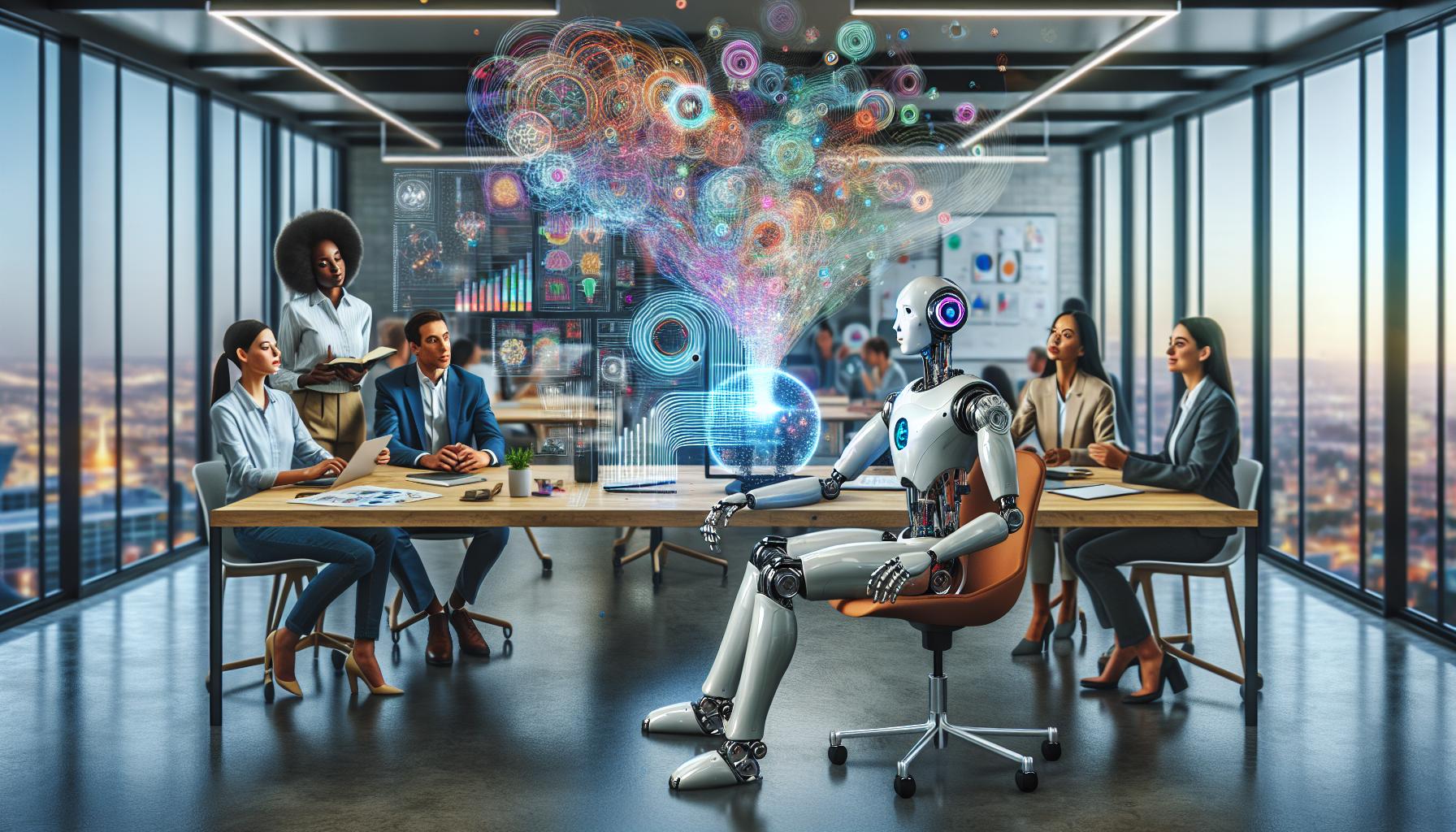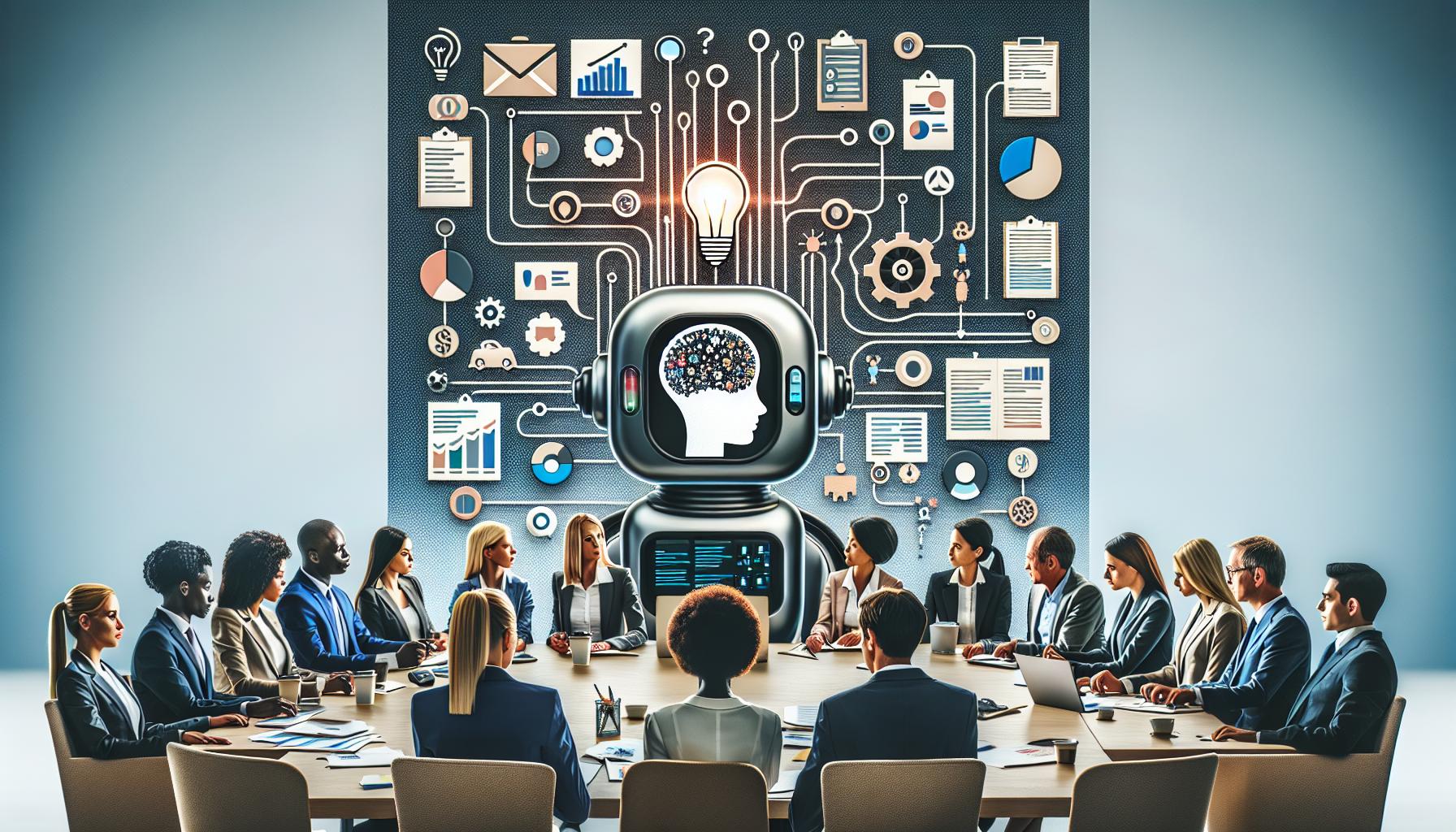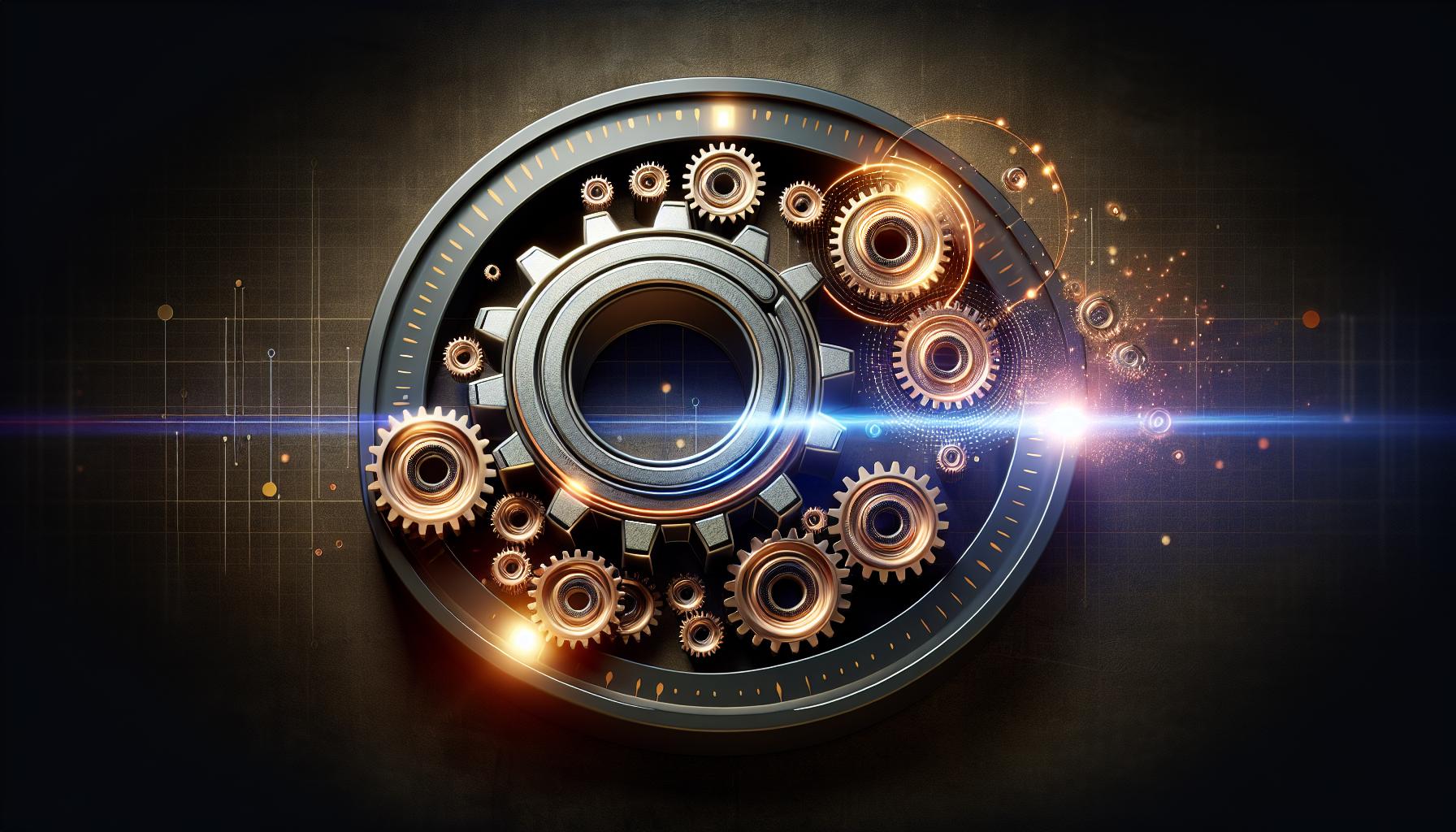Fostering Creativity in Workplaces with AI-Generated Content: A New Era of Innovation

Introduction
As businesses strive for innovation, the integration of Artificial Intelligence (AI) into creative processes is revolutionizing workplaces. AI's capability to analyze and learn from existing company data and documents has paved the way for generating compelling content and creative ideas. This blog explores how A.I. assists in the ideation process within teams, enhances creativity, and mitigates common challenges like mental blocks and repetitive brainstorming sessions.
The Role of A.I. in Creative Ideation
AI technologies are not just tools for automation; they have become partners in the creative thinking process. By training on an organization's data, A.I. can uncover patterns and insights that are not immediately obvious, offering fresh perspectives that fuel creativity. The implementation of AI-generated content tools can provide a base or a springboard for team discussions, pushing the boundaries of traditional brainstorming methods.
Benefits of AI-Generated Content
AI's ability to generate diverse content suggestions opens a world of possibilities for creativity in the workplace. From drafting initial ideas to providing variants of these concepts, A.I. can assist creative teams in developing innovative solutions at a faster pace. Additionally, AI-generated content can challenge creative norms, thereby encouraging teams to think outside the box and explore uncharted territories.
Addressing Creative Blocks and Repetitive Outcomes
One significant advantage of incorporating A.I. in creative processes is its capability to tackle the dreaded 'creative block.' A.I. systems can continuously generate ideas, providing a constant flow of inspiration that can be crucial during brainstorming slumps. Furthermore, A.I. can analyze past brainstorming outcomes and guide teams away from repetitive ideas, ensuring that each brainstorming session yields unique and innovative results.
Implementing A.I. Tools in Workplaces
To effectively harness the power of A.I. in fostering workplace creativity, companies need to focus on seamless integration of these technologies. It involves training the A.I. with relevant and extensive company data and setting clear objectives for what the creative teams need from AI-generated content. Encouraging collaboration between A.I. systems and human creativity can lead to more dynamic and fruitful creative processes.
Examples and Case Studies
Various industries have already benefited from the integration of A.I. into their creative departments. From advertising firms using A.I. to generate campaign content, to software companies developing unique code bases and design patterns, the applications are vast and varied. Illustrating successful case studies can provide readers with a practical understanding of implementing A.I. creatively.
Conclusion
AI-generated content and tools are transforming the landscape of workplace creativity. By leveraging the power of AI, businesses can boost their creative processes, overcome traditional hurdles, and step into a future rife with innovative possibilities. The pathway to integrating A.I. into creative spaces involves understanding its capabilities, training it effectively, and ensuring that it works in tandem with human ingenuity.



